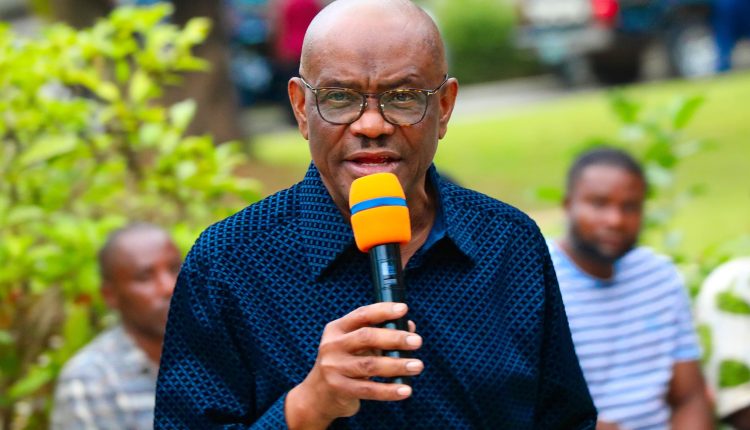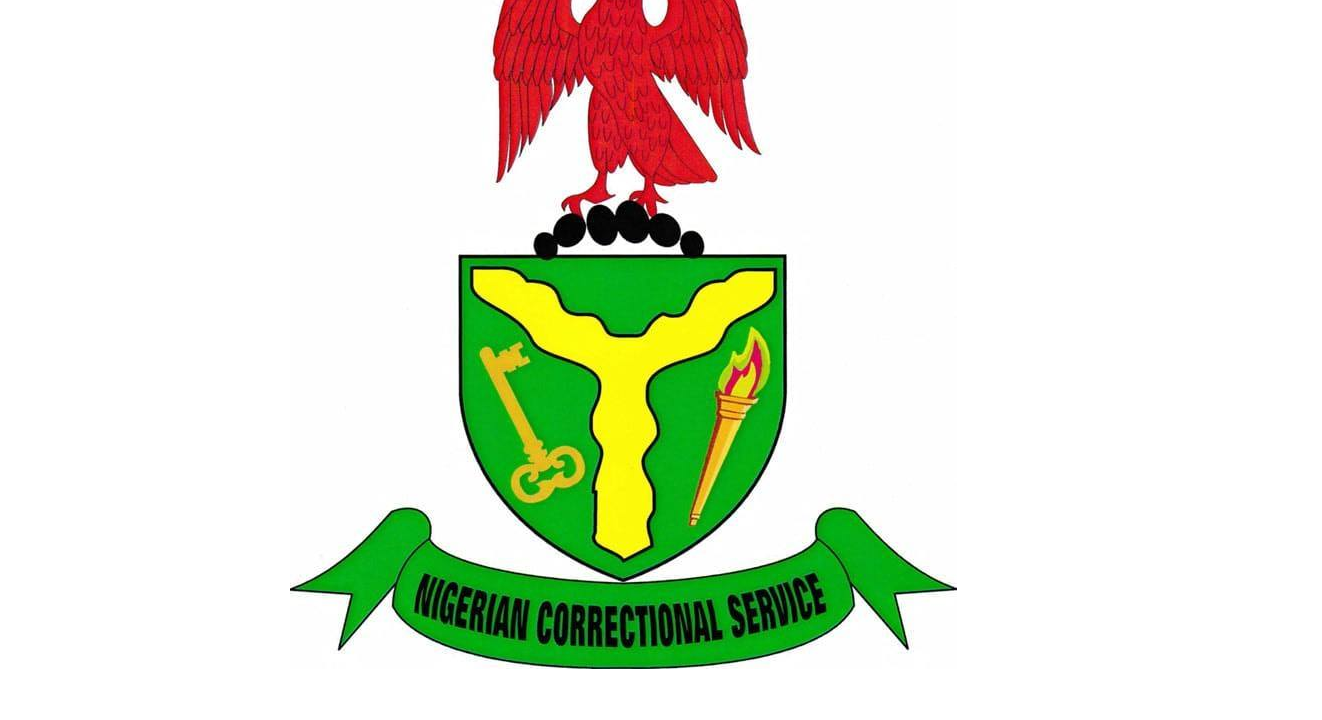Sydney Train Network Chaos, After High-Voltage Wire Incident Near Strathfield: Avoid Travel New Alert Issued
Thursday, May 22, 2025

Sydney’s train network has been thrown into turmoil after a severe incident involving a passing train and fallen high-voltage wires near Strathfield station caused a widespread power outage. The event, which occurred on Tuesday afternoon, forced the abrupt stoppage of the network and led to significant delays, cancellations, and an official “avoid travel” alert issued by Transport for NSW.
On Tuesday afternoon, a train travelling near Strathfield station in Sydney’s inner-west collided with overhead high-voltage wires suspended above the tracks. The train’s pantograph—the device connecting it to the overhead electric supply—became entangled with the wires, causing them to fall onto the train and triggering a major power outage across the network.
The fallen wires carried 1500 volts, creating an extremely hazardous situation. Approximately 300 passengers aboard the impacted train were stranded for around three hours before being evacuated one carriage at a time under close supervision.
NSW Transport Minister John Graham described the incident as “dangerous and life-threatening,” highlighting the severity of having live power cables resting on the train roof. Video footage circulated showing passengers being safely escorted off the train and walking along the tracks to evacuate the site.
The power outage caused immediate disruption, bringing to a halt three other trains in the area, further exacerbating the network-wide chaos. Strathfield, a major interchange station servicing multiple lines, became a focal point for the extensive delays and cancellations affecting nearly all heavy rail lines except for the T4 line.
The incident had a cascading effect on Sydney’s train operations, causing severe delays and cancellations across the network into the following day. Transport for NSW reported that major disruptions persisted well into Wednesday morning, with numerous train services either cancelled or replaced by buses on key routes.
Lines T1 (North Shore & Western), T2 (Inner West & Leppington), and T3 (Bankstown) were among the most heavily impacted. Many commuters experienced long waits, overcrowded trains and replacement buses, and disrupted connections.
In response to the ongoing chaos, Transport for NSW issued a strong advisory urging commuters to avoid travel on the rail network if possible. Passengers planning to travel were warned to consider alternative transport options or, if necessary, to plan extra travel time and expect limited shuttle services operating at reduced frequency.
Transport for NSW confirmed that crews had been working through the night in difficult conditions to remove the defective train and complete critical repairs to the damaged overhead wiring at Homebush. Following the intensive overnight efforts, power was gradually restored on six affected tracks as part of a phased reopening plan.
To alleviate pressure on the disrupted rail services, about 22 bus routes were deployed from 6am to supplement trains between Lidcombe and Ashfield, helping commuters reach their destinations.
Transport for NSW reiterated its apologies for the inconvenience caused and stated that they expected to transition back to normal timetabled services for the Wednesday afternoon peak period, subject to final safety inspections and testing.
Further updates and travel advice have been regularly posted on the Transport for NSW website (transportnsw.info) and through official social media channels to keep passengers informed throughout the recovery process.
It is important to note that the Sydney Metro, light rail, and local bus services were not affected by the power outage and continued operating normally throughout the disruption. However, the Metro system saw increased passenger loads as many commuters sought alternatives due to the rail delays.
Transport authorities have been closely monitoring crowding on these alternative networks and encouraging public transport users to consider these options where feasible.
Passenger safety was a paramount concern throughout the incident. The evacuation process at Strathfield was coordinated carefully by Sydney Trains staff and emergency services, ensuring passengers were removed safely despite the challenging circumstances.
The incident served as a stark reminder of the potential dangers associated with electrical infrastructure and underscored the importance of rigorous safety and maintenance protocols within Sydney’s extensive rail system.
The overhead wiring that failed had recently undergone routine inspection on April 9, according to statements from Transport Minister John Graham, suggesting that the incident was caused by a sudden and unexpected failure.
Following the incident, Sydney Trains and Transport for NSW have committed to undertaking a detailed review of maintenance procedures and infrastructure resilience to prevent similar occurrences in the future.
In the short term, additional inspections and safety checks are being carried out across the network to verify the integrity of overhead wiring and other critical assets.
Transport for NSW continues to advise commuters to:
These measures aim to reduce congestion and improve passenger safety while the network recovers.









